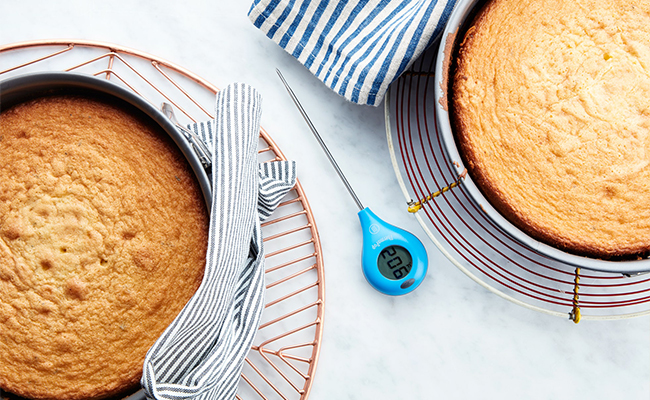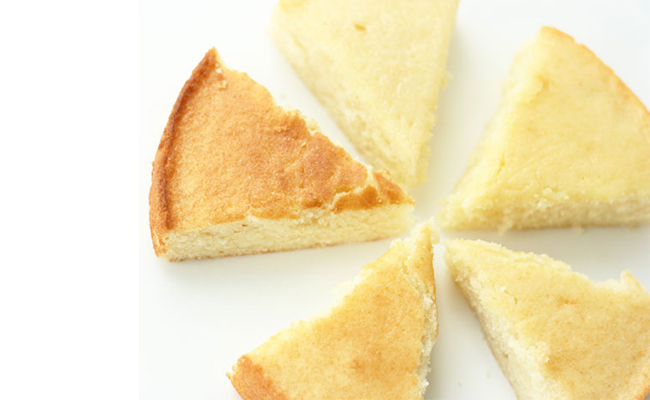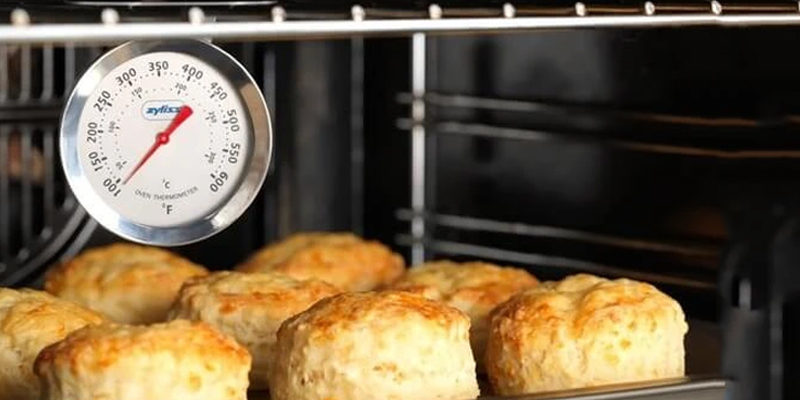Have you, at any point, asked yourself why most cakes are prepared at 350℉? Why is bread baking temperature 190-210 ℉? Furthermore, for what reason do cookbooks and baking specialists of bakery make such a fuss about ensuring your broiler temperature is precise? What is it about the secret number on the oven’s dial that makes it work so well for heating, and what occurs if, god forbid, your stove temperature is off? Let’s get into the impact of the oven’s temperature on the baking procedure and how you can take control of the result of your baked products with a little warm skill.


During the baking process, cake batter experiences a very long, complex procedure of physical and chemical reactions, turning it from goo into light fluffy deliciousness.
Every one of these activities happens when the batter arrives at a specific temperature, and the rate at which this happens is subject to the baking temperature.
To help you make freshly home-baked cakes like a professional, below is a list of processes for converting batter into cakes and the order in which they happen –
-
Fats soften
-
Gases expand and form
-
Sugar breaks down
-
Proteins coagulate
-
Starches gelatinize
-
Gasses evaporate
-
Caramelization happens
If a cake is prepared at a low temperature, these processes occur all the more slowly and equally all through the cake with less overlap in processes. The gentle ascent in oven temperature permits the outside crust of the cake to react in a similar pattern to within the cake. Then again, batter set in a high-temperature oven will have various procedures going on in fast succession and in uneven distribution. In such a case, cake crust will experience the processes more rapidly than the interior portions of the cake.


If a cake is prepared at a low baking temperature, these processes occur slowly and evenly throughout the cake with less overlap in the process. Gradually increasing the oven baking temperature makes room for the outside crust to react in a similar pattern to the inside of the cake. If the batter is set in a high-temperature oven, this will cause various procedures to go on in fast succession, eventually cousin an uneven distribution. In such a case, the cake crust will experience the processes more rapidly than the interior portions of the cake.
When the cake is baked at different temperatures like from 300℉ to 400℉, the end result is different. For example, a cake baked at 300℉ is fluffier and lighter than a cake prepared at 400℉. The cake heated at 300℉ additionally has a pale and even external crust, which stays sticky because of the decreased level of evaporation at the cake’s surface. The cake baked at 400℉ has an intense dark, ledged external crust with an increasingly dried surface. The dissipation of water on the outside of the cake enables caramelisation procedures to happen. Caramelisation can enhance flavour, but when taken excessively far can lead to a burnt, bitter taste. The other prominent difference in cakes baked at varying temperatures is in the consistency of the crumb. As cakes baked at 300℉ have a delicate, smooth crumb while cakes prepared at 400℉ have a marginally rough texture. This is likely because of the speed at which the proteins coagulated.
Baking the cake at 350℉ is kind of a happy medium between 300℉ and 400℉ and creates a cake that has the best of the two universes. It has texture, lightness, and caramelisation, including flavour. Although the cake baking temperature might differ according to the type of cake you are baking and the recipe you are following. But generally speaking, 350℉ is the best temperature!
Not just for the cakes, but for pizza oven temperature or any other thing that you are baking in the oven, always brush up your mind with proper accurate facts like cake and bake the best products! Happy baking!





